Market Share
Lightweight Metal Market Share Analysis
In the fiercely competitive realm of the Lightweight Metal Market, companies strategically deploy various market share positioning strategies to establish a robust presence and gain a competitive edge. One fundamental strategy involves a relentless focus on material innovation and development. Manufacturers in the lightweight metal sector invest in research and development to create alloys and compositions that offer superior strength-to-weight ratios, corrosion resistance, and malleability. By offering advanced lightweight metal solutions, particularly in industries such as automotive, aerospace, and construction, companies aim to position themselves as leaders in the market, catering to the growing demand for high-performance materials.
Cost leadership is another pivotal strategy embraced by companies in the Lightweight Metal Market. This approach revolves around optimizing manufacturing processes, securing cost-effective raw materials, and achieving economies of scale. Becoming a low-cost producer enables companies to offer competitive pricing for their lightweight metal products, attracting a broader customer base. Cost-effective solutions not only appeal to price-conscious consumers but also provide companies with a strategic advantage against pricing pressures and market fluctuations, ensuring sustained profitability and market resilience.
Market segmentation plays a crucial role in the positioning strategies of lightweight metal manufacturers. Recognizing the diverse applications of lightweight metals in various industries, companies tailor their products to address specific market segments. This may involve producing alloys with specific characteristics for use in automotive components, aircraft structures, or lightweight construction materials. Effective segmentation enables companies to optimize their market share within specialized niches, providing solutions that precisely meet the needs of different industries and applications.
Strategic collaborations and partnerships are instrumental in enhancing market share positioning within the Lightweight Metal Market. Companies often form alliances with automakers, aerospace manufacturers, and other end-users to strengthen their supply chain, expand market reach, and facilitate innovation. Collaborations can lead to joint research projects, shared resources, and the development of application-specific lightweight metal solutions. Partnering with key stakeholders allows companies to leverage collective strengths, share expertise, and collectively address the complexities of the lightweight metal industry more effectively, contributing to increased market share.
Sustainability is emerging as a significant factor influencing market share positioning strategies in the Lightweight Metal Market. With an increasing emphasis on environmentally friendly practices, companies are incorporating sustainable sourcing methods, optimizing energy consumption, and exploring recycling initiatives. Lightweight metal manufacturers positioning themselves as environmentally responsible entities can gain favor among customers who prioritize sustainable and responsibly sourced materials, contributing to the overall sustainability of the industry.
Moreover, a robust digital presence is crucial in today's technologically driven business environment. Lightweight metal companies leverage digital marketing, online platforms, and e-commerce channels to connect with customers, showcase their expertise, and facilitate business transactions. An effective online presence enables companies to reach a broader audience, provide educational resources, and engage with clients directly, enhancing brand visibility and trust in the competitive lightweight metal market.

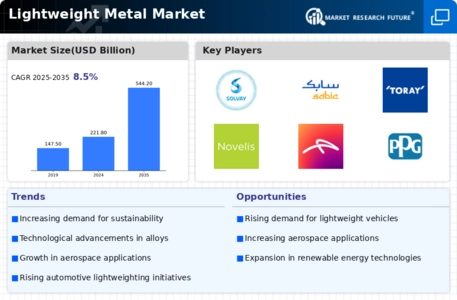
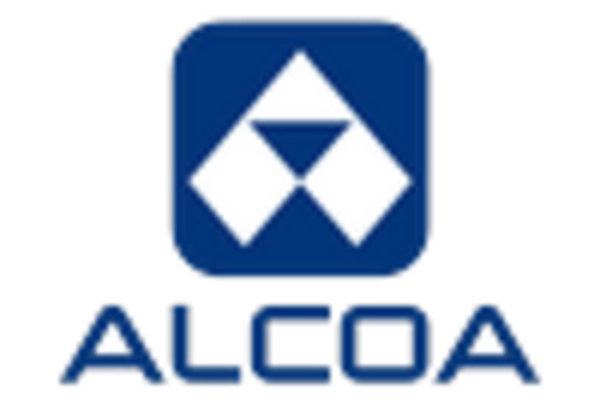

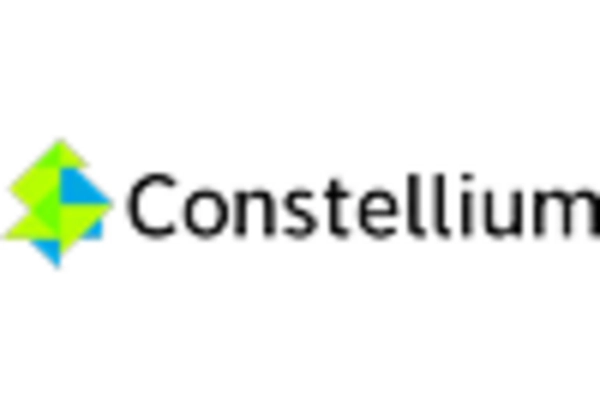
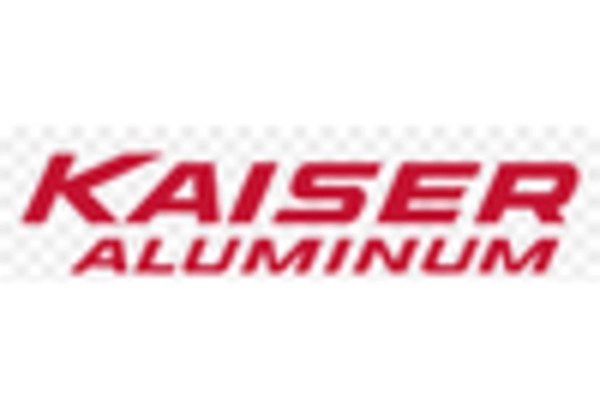
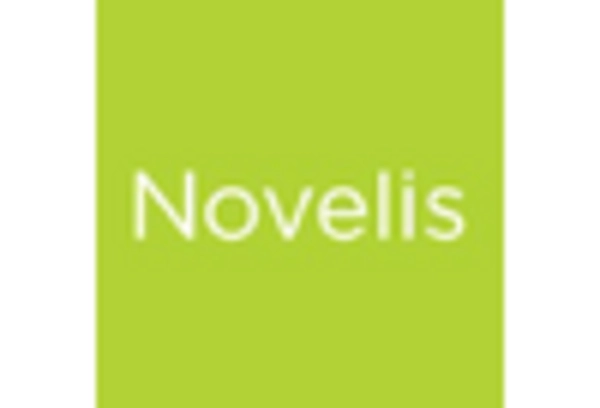
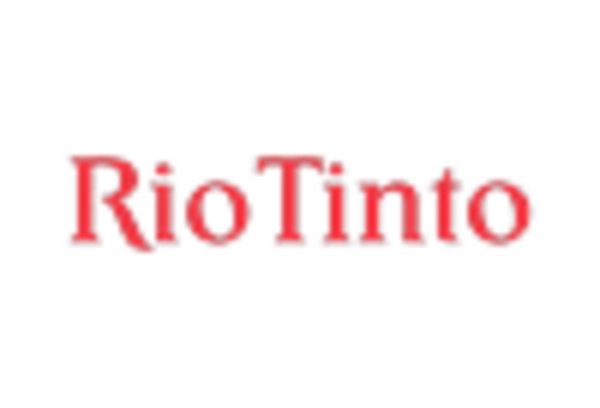









Leave a Comment